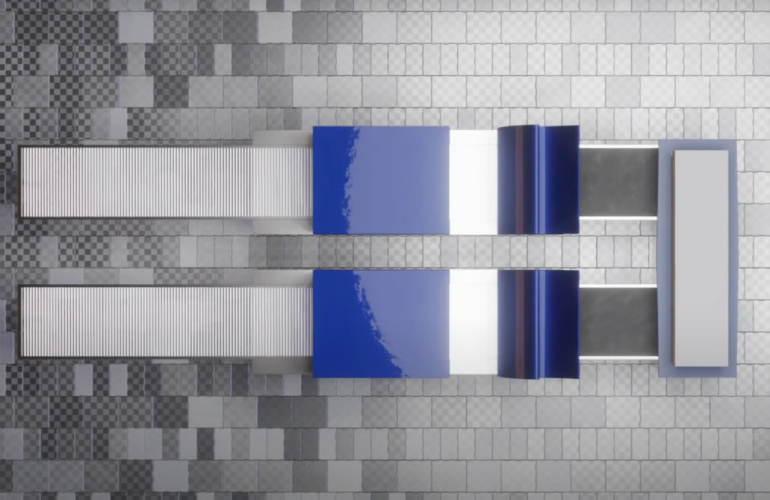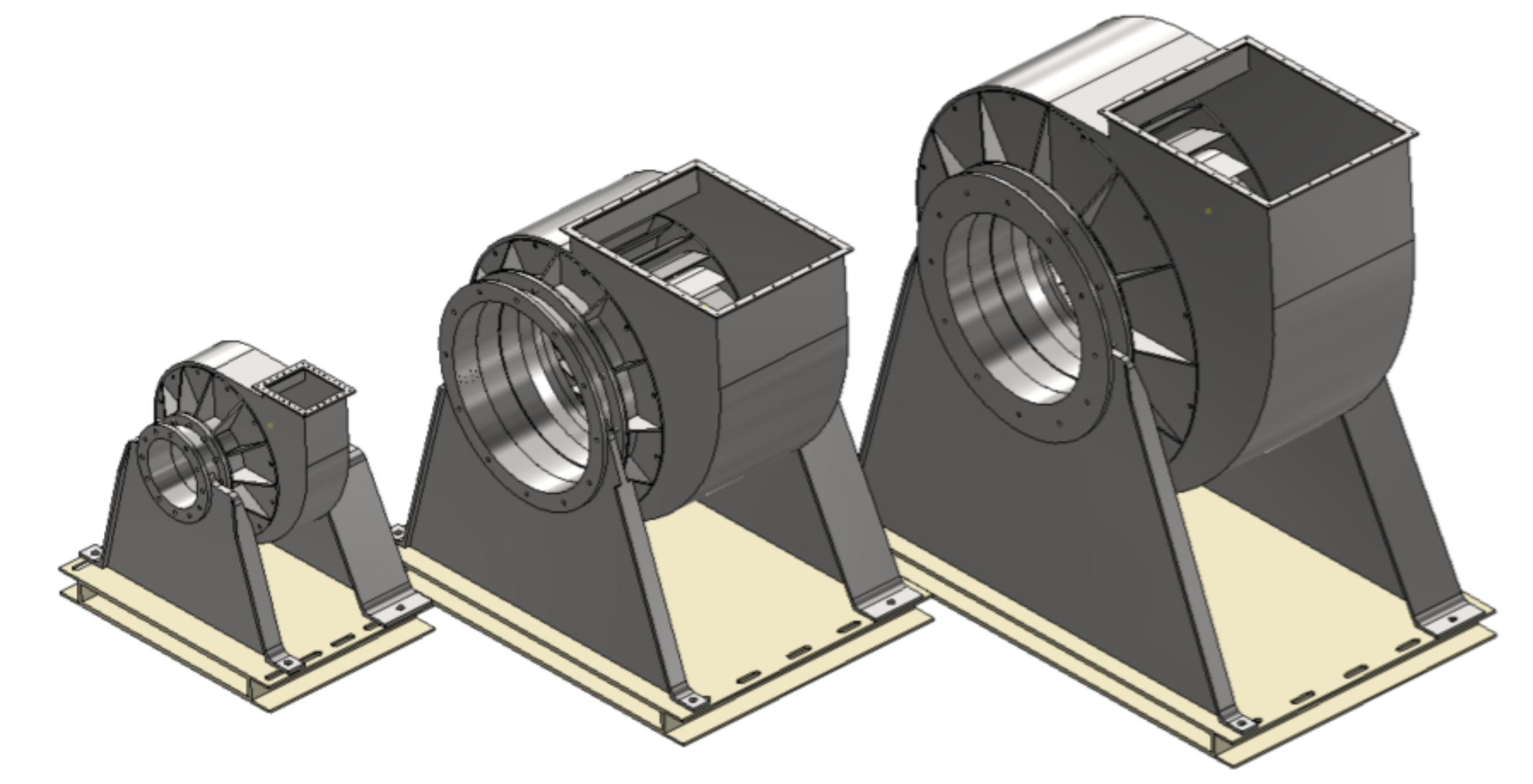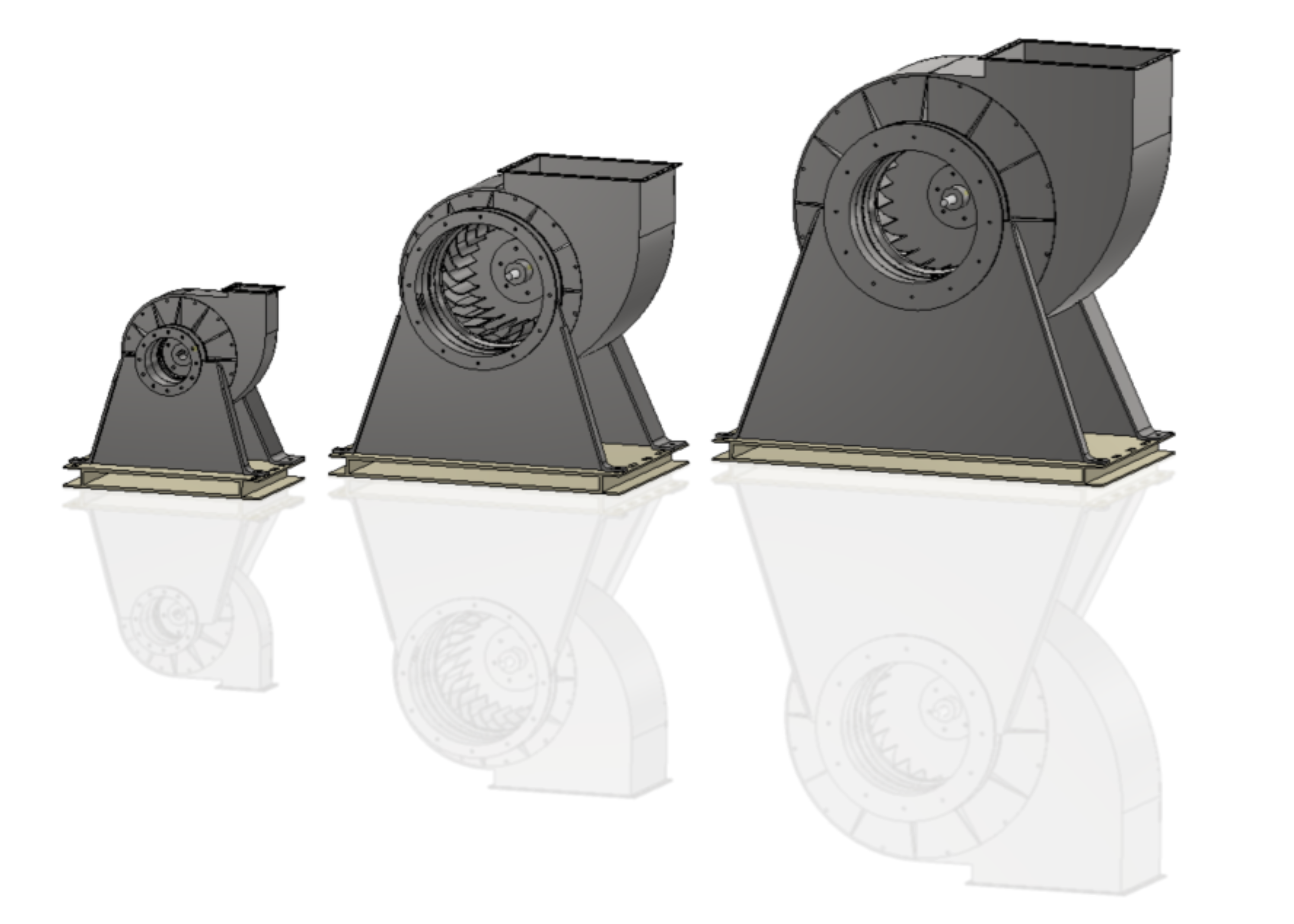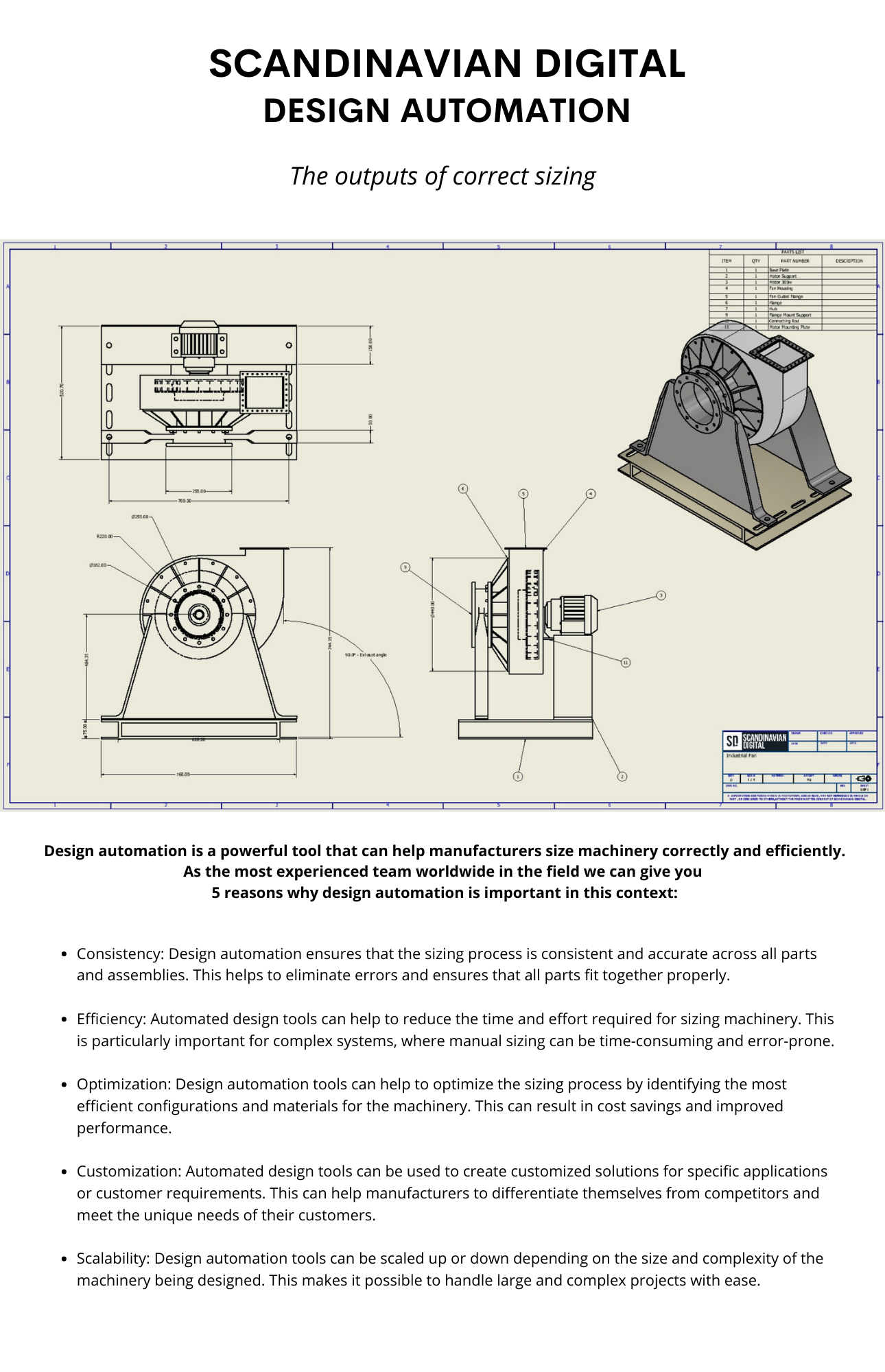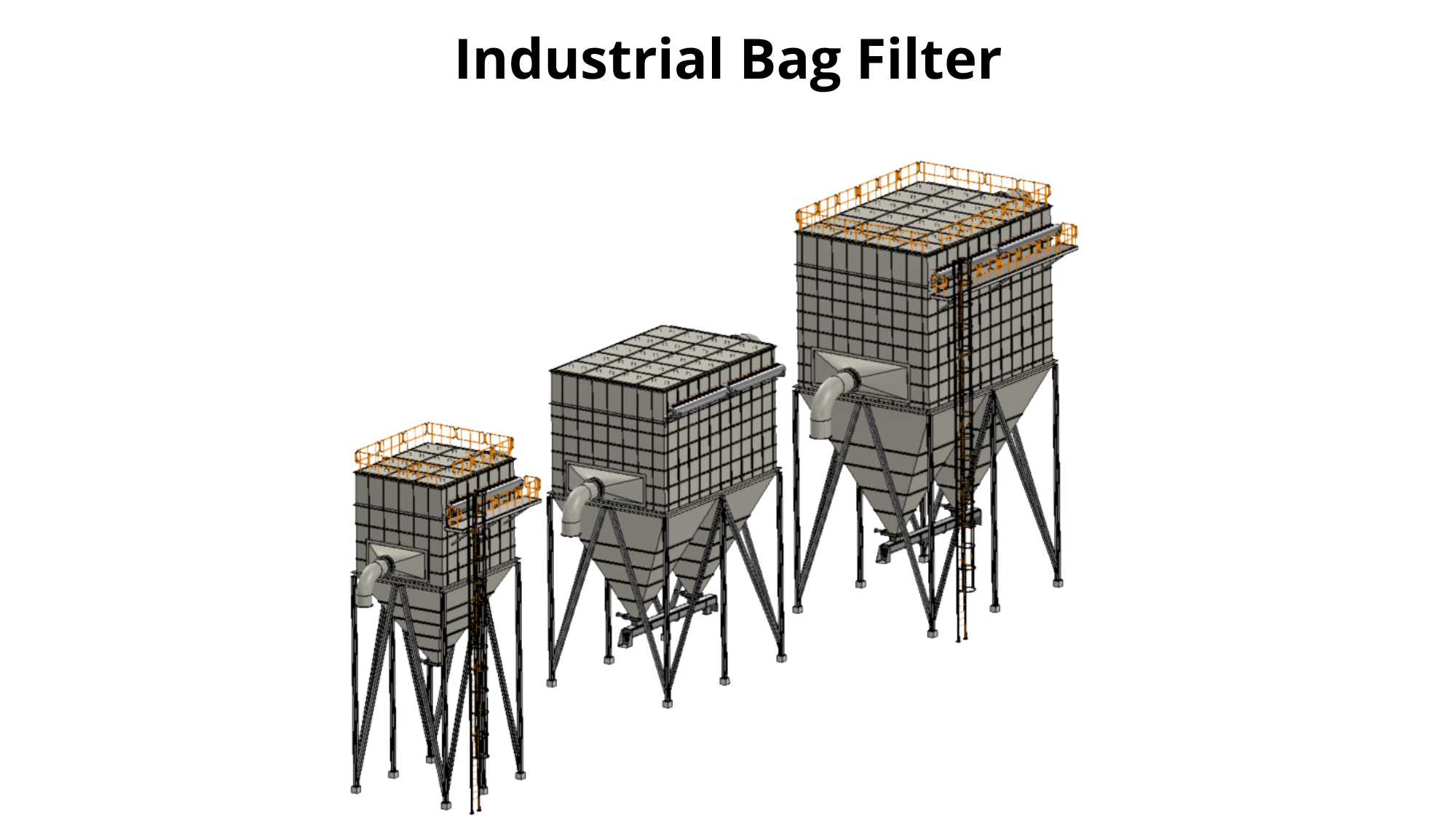How to use Engineering & Design Automation to guarantee more sustainability and product quality in the Packaging Industry?
At Scandinavian Digital we are problem solvers. Our motto is: Anything can be configured. Our experts have never encountered an issue that couldn’t be resolved until now, this what our CTO Morten Bennick affirms. In the packaging industry, machinery manufacturing possess several challenges such as high costs, limited flexibility, frequent breakdowns, maintenance and repair difficulties, and integrating new technology. Other issues include low efficiency, slow production rates, and a lack of customisation options. Problems, which we can solve or reduce by using Engineering & Design Automation.
Customisation is one of the greatest benefits of using EDA (Engineering & Design Automation), especially because we can configure a machine with exactly the client’s needs in mind, considering the product they work with and the production they need to achieve. In our six value areas when using Design Automation, we present benefits such as up to 88% reduction in lead time, an increase in sales up to 30% three years after implementing DA (Design Automation), not to mention the solution to one of the industry’s biggest complaints, which is costs. The cost reduction through product quality control is estimated to be up to 60%, referring to the amount of errors that are reduced and even completed eliminated.
Using Engineering & Design Automation helps clients to bring their product to the market faster as the same way contributes to deliver orders in a quicker way. Design automation helps companies bring products to the market faster by streamlining and accelerating the product development process. DA tools enable the automation of repetitive design tasks. By creating predefined rules and constrains. Using the integrated Tacton plug-in to CAD platforms as SolidWorks, PTC Creo and Autodesk Inventor, the engineers can work in their preferred CAD environment. TDA Studio has the ability to generate only valid product variants, paramethic designs and the result is CAD models without errors. Through mapping configuration logic to your CAD parts, you can connect Tacton’s product configuration model to your CAD system’s parts and parameters. This ensures product integrity. The 2D drawings and the documentation as Bill of Material is created automatically in seconds.
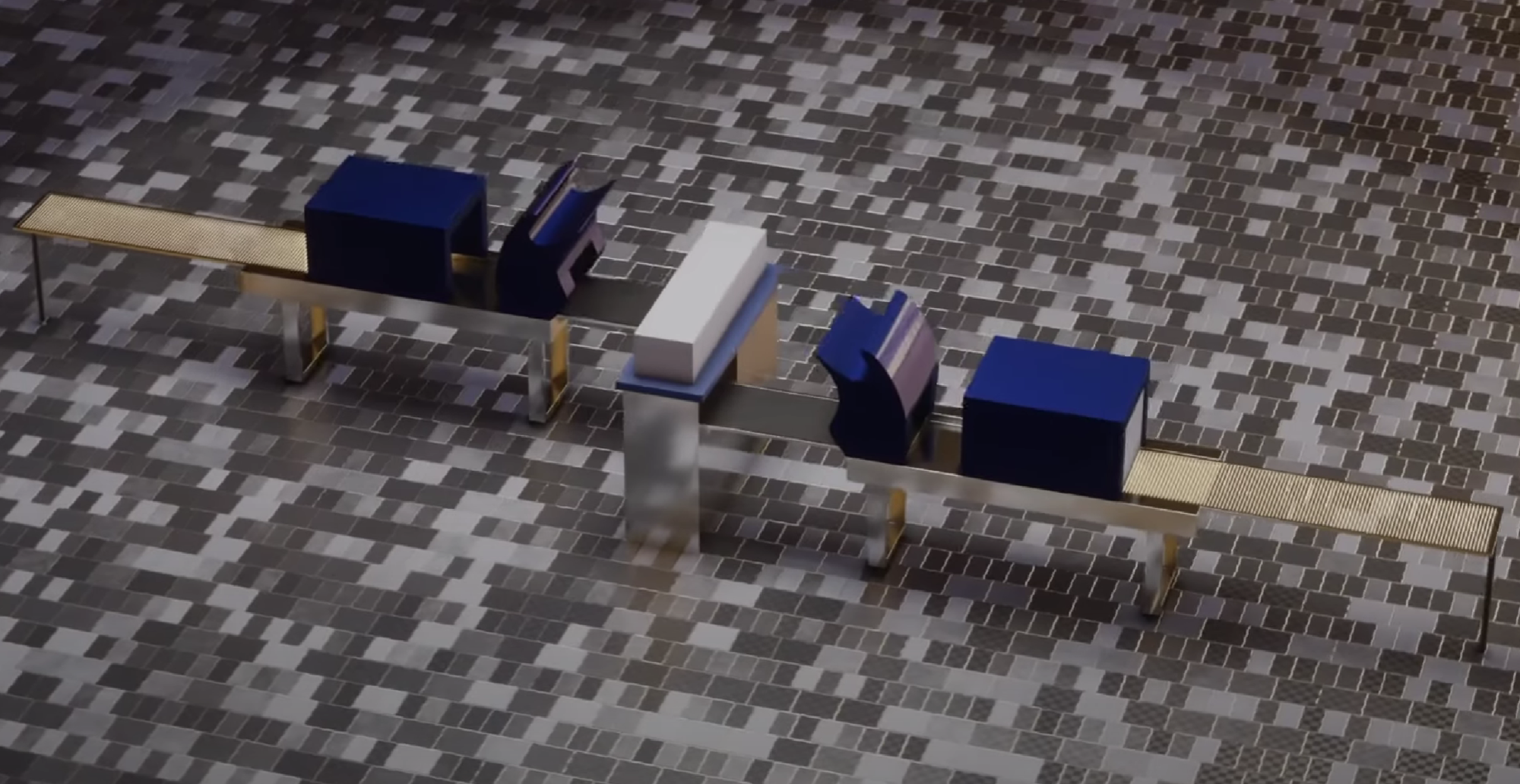
Correct sizing, another relevant theme already explained by our experts (Read more: Correct sizing is a critical point to cost reduction and sustainability in the manufacturing industry – Scandinavian Digital ) is another factor to reduce cost and improve sustainability in the packaging industry. After all, Sizing plays a crucial role in the manufacturing industry as it directly affects the quality and functionality of the final product. With an accurate sizing it is possible to reduce costs by minimizing waste and maximizing efficiency. On the other hand, incorrect sizing can result in waste, rework, and increased costs. This is a great way of reducing cost and creating a more sustainable process.
We firmly believe that Engineering & Design Automation represents the essential next step for packaging manufacturers to accelerate industry innovation and proactively address existing challenges. Fortunately, we already possess the ideal solution to facilitate this necessary transition.
Do you want to continue this conversation? Contact us: info@scandinaviandigital.com

